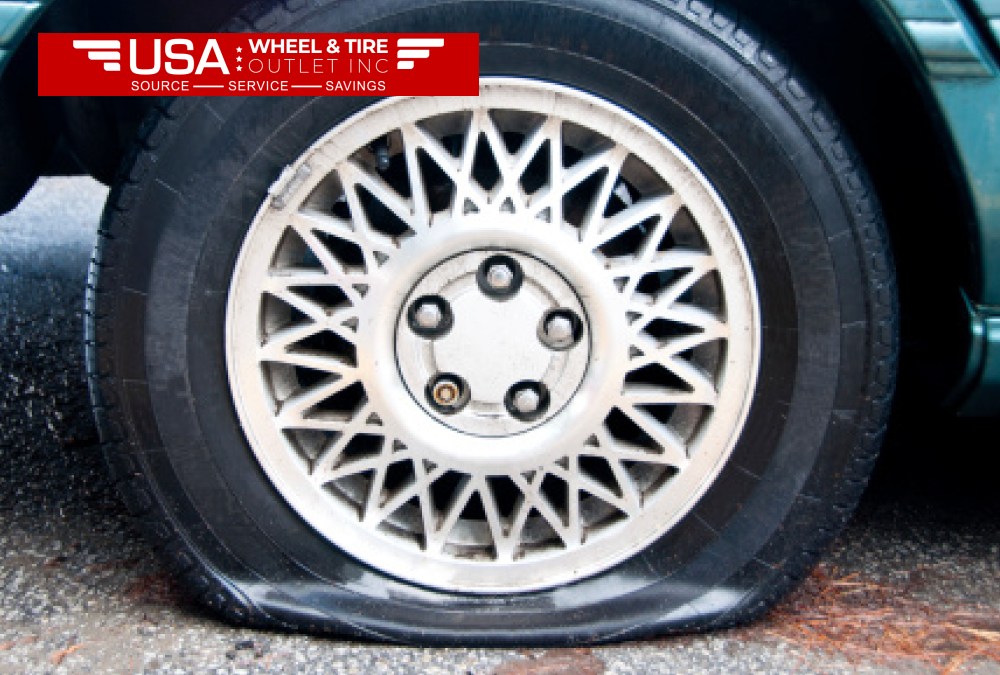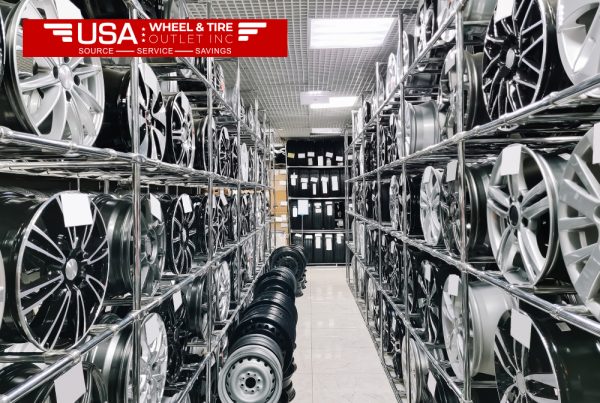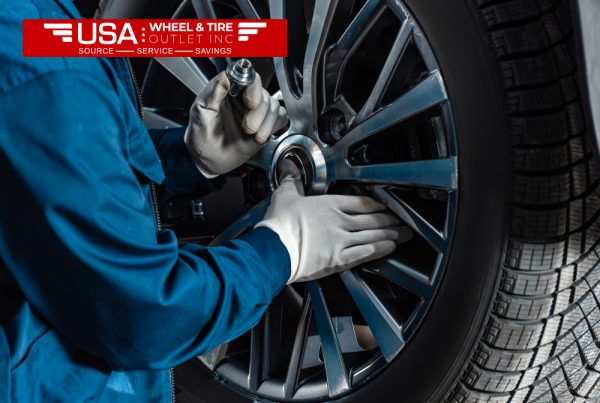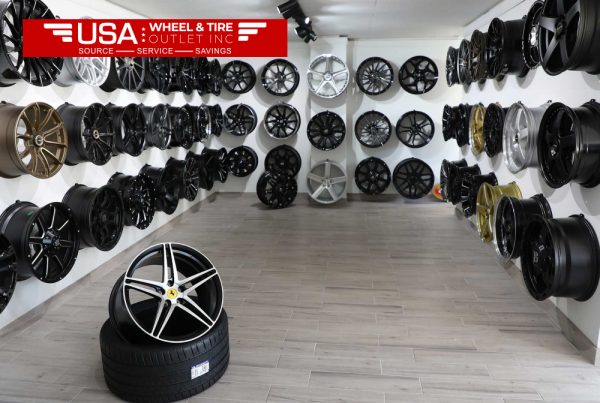Whether your flat tire was caused by a stray nail, sharp rock, or any other hazard, one thing is for certain: flat tires are a huge annoyance. The last place you do not want to be is struggling on the side of the road! Having a flat tire on the road may be the one solution that could make you get out of there. Or is it okay to drive on a flat tire? Below, you will be able to learn whether you can drive on a flat tire and what you need to know before you do so.
SHOULD I MOVE MY MOTOR CAR ON A FLAT TIRE?
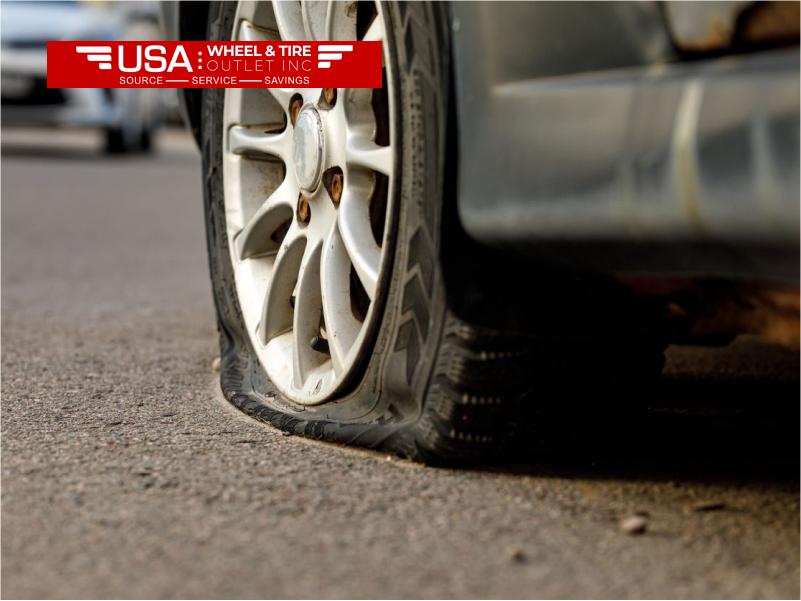
No. Do not drive on a flat tire.
Yet, it might be an option to travel a short distance on a flat tire when one pulls over to the side of the road. However, driving on a flat tire is a sure shot method of putting your passengers at risk and, at the same time, seriously ruining your car. Your car with USA Wheels and Tires can usually be driven for 50 miles on a punctured tire at up to 50mph.
Besides, going on a flat tire is not only a real danger to your car’s control, but it might also break the wheel, brakes, and other car parts like the tire, alignment, and steering system. One might be distracted to “limp” the car to the nearest repair shop, but, on the contrary, by driving on a flat, you’ll probably get to pay for much more than just the tire.
Thus, if you’re not expected to drive on a flat, what should you use as an alternative?The first thing to be done is to safely get to the side of the road so that you can resolve the problem in the best way possible. From the start you have several choices.
First, you can either either swap the flat tire with your spare or use emergency sealant to fill any punctures. Nevertheless, it is important to mention that under emergency sealants the tires with punctures that are ¼ inch or less are sealed. They will not be of any use if your tire is razed, blown out, or has a big hole.
If you don’t have a spare and a sealant won’t help, then it’s time to call Firestone Roadside Assistance. Firestone Roadside Assistance is always available to you; you will get help, tire change, a tow to the nearest auto shop, or other emergencies automotive services, 24 hours a day, seven days a week. Once your car enters Firestone, the experienced technicians that work for us can assist you in determining if you need to repair or replace your flat tire.
WHY TO AVOID HAVING A FLAT TIRE WHILE DRIVING
The prudent way to prevent driving on a flat tire is by not getting one at all. Here are a few things you can do to minimize the chances of a flat or blown-out tire:
CHECK TIRE PRESSURE MONTHLY
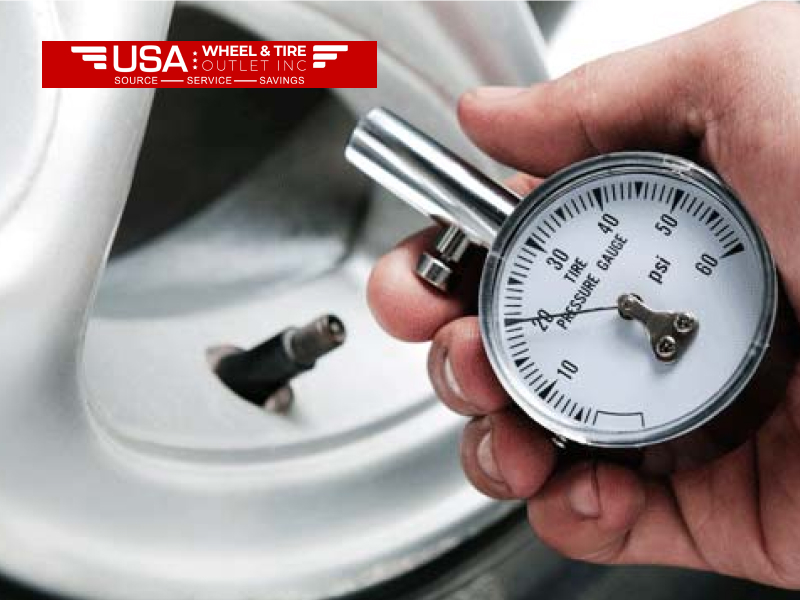
The main rule of tire care is to check your tire air pressure frequently. The National Highway Traffic Safety Administration (NHTSA) advises to check the pressure on all of your tires — including the spare — at least one month. The tire pressure gauges are economic and can help you to avoid tire trouble in the future.
Make sure to check the tire pressure when the tires are “cold. ” The term “cold” means at least three hours after driving. Besides, driving with underinflated tires is a factor for lower fuel efficiency and they are also susceptible to wear and punctures as well.
Your TPMS may not notify you of low tire pressure until a tire either has lost a lot of air or if all tires are equally low. Moreover, the visual inspection may be difficult as many tires lose as much as half of their pressure before they appear flatter.
It is more beneficial to use a tire pressure gauge for checking the tires’ pressure regularly to make sure that your tires are at the manufacturer-recommended pressure (you can get this information in the owner’s manual or inside the driver-side door jamb).
ANALYZE AND CARRY OUT THE EXAMINATION OF TIRES SEVERAL TIMES EACH MONTH
In addition to having your tire pressure checked monthly, also look at them for any physical damages and rotate them. Tire rotations are rotations of the tires which in turn, distribute the use of the tires evenly so that they will end up lasting for a longer period of time. To sum up, the general rule is to change your tires every 5,000 to 10,000 miles. As a standard practice, you should rotate your tires each time you have your oil changed.
In addition, it is a smart move to check your tires physically often to note the tread wear and damage signs. Tires should at least have a 3/32 inches of tread depth to be safe and they should not have cracks, bubbles, or bulging sidewalls on them. (It is possible that certain states and manufacturers might have even more minimum tread depth requirements. )
NEVER, EVEN FOR ONCE, OVERSTEP THE TIRE BALANCE LINE
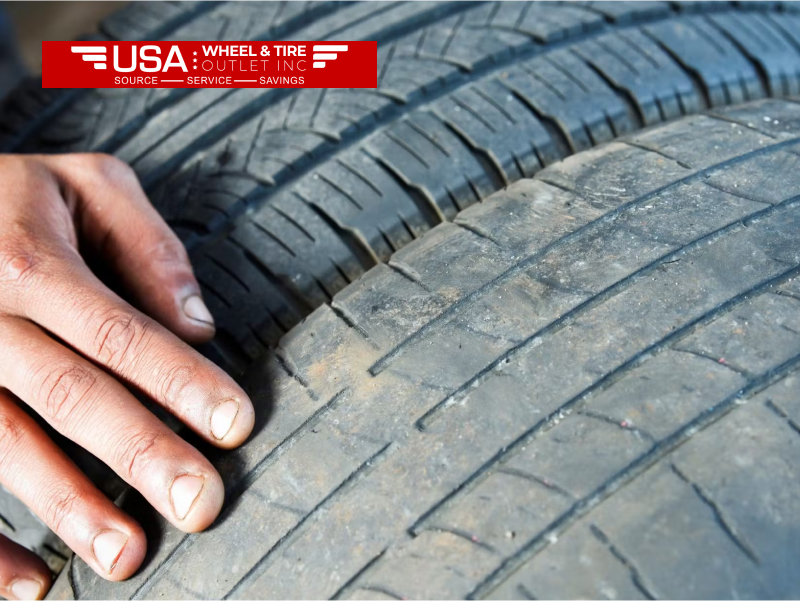
The tire pressure, the max load rating and the max pressure are given on the sidewall. The contrary opinion is that a heavy load leads to an increase in tire stress and thus, the tire blowout would be a result of the load limit being exceeded. Whatever the mode of transportation you are using, make sure you are aware of the weight of the load you are carrying and, if necessary, you should inflate your tire pressure to handle the weight but never go over the prescribed maximum.
WATCH FOR ROAD HAZARDS
The number of the dangers on the road include the potholes, nails, pieces of glass, and the last but not least, all of which can damage your tires. On the road, the driver should always be alert to the road ahead and the things that might happen. The mention of the potholes and big road pieces is possible to damage the tires without a puncture, but it can cause cuts and bulges that could be the fate of the critical flat tire or the vibrations later on.
Although metal pieces, rocks, and other hazards may not be always avoidable, if you are going to drive near the construction zones or other places with a lot of road debris or damage, you should find a different way to go. However, if you have a flat tire of your car frequently, the cause of it maybe not with the road, but with the tire itself.
Act now and step up to the action of Meteorology and bunch with your automotive USA WHEELS and TIRES.
Flats are bad for you and they can happen at any time. It is impossible to find all the stray nails and pieces of glass on the road before they penetrate your tire. If you wish to be ready, USA Wheels and Tires is a reasonable and effortless method to be prepared against the flat.
Run-flats tires are designed to support themselves even when they lose the tire pressure quickly. The sidewalls of these tires are made strong and the bead technology is the latest, which means that the vehicle tires can support the vehicle for up to 50 miles and up to 50 MPH after a puncture. Our Wheels and Tires make you feel sure that you and your family won’t be stuck on the side of the road if you get a flat because they give you the flat repair services.
FAQs
1. Q: Can you drive on a flat tire in case of an emergency?
On the contrary, no, driving on a flat tire is hazardous and can lead to more damage to your car. It is most likely to pull over safely and deal with the problem as soon as possible.
2. Q: Can I apply emergency sealant to fix a flat tire?
Emergency sealants help to temporarily plug small punctures, but they do not provide a permanent solution. They will not work for larger punctures or tire blowouts.
3. Q: When is the appropriate time to check my tire pressure?
It’s advisable to check your tire pressure every month, including the spare tire. Periodic checks prevent the cases of underinflation and, as a result, the possible tire damage.
4. Q: What should I do if I see any signs of tire damage or even tire wear?
Check the tires frequently for damage or wear that may appear in the form of tread depth and sidewall condition. Observe any problems and take them to a specialist for examination.

